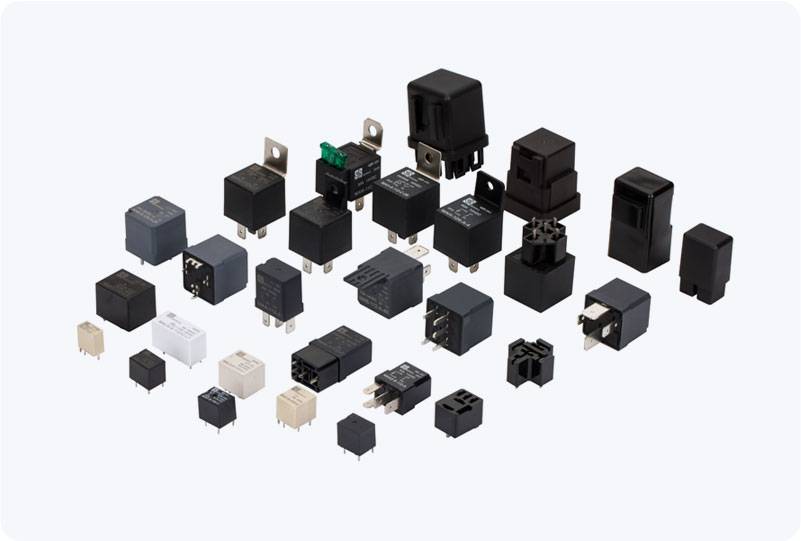As the automotive industry shifts towards greener, more sustainable solutions, the demand for electric and hybrid vehicles continues to rise. Central to the operation of these new energy vehicles (NEVs) is the use of high-voltage systems that power electric motors and store energy in large battery packs. In this context, the High Voltage DC Relay plays a pivotal role in managing these powerful electrical systems, ensuring both safety and efficiency. This article explores the importance, functionality, and challenges of High Voltage DC Relays in the automotive industry, particularly in new energy vehicles.

Understanding the High Voltage DC Relay A High Voltage DC Relay is an essential component used in electric and hybrid vehicles to control the flow of high-voltage direct current (DC) between various systems such as the battery, electric motor, and power inverter. These relays function similarly to conventional relays but are designed to handle significantly higher voltages, often ranging from 400V to 800V or more in modern electric vehicle (EV) systems. The primary function of the relay is to open and close electrical circuits, enabling or disabling the power flow in the vehicle’s energy systems.